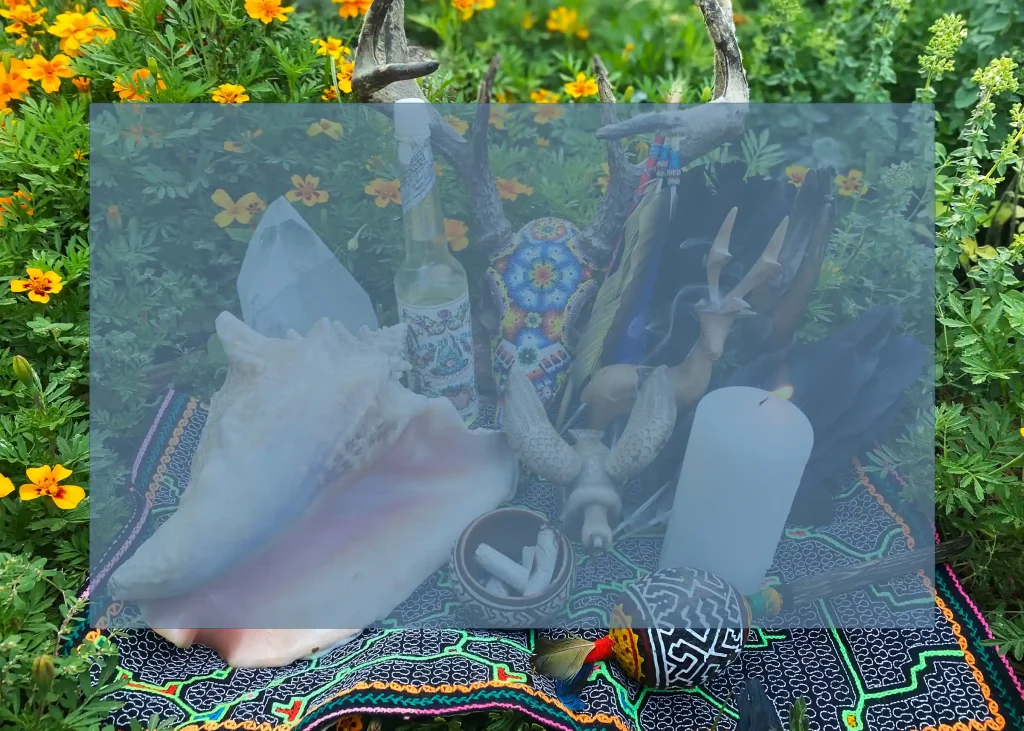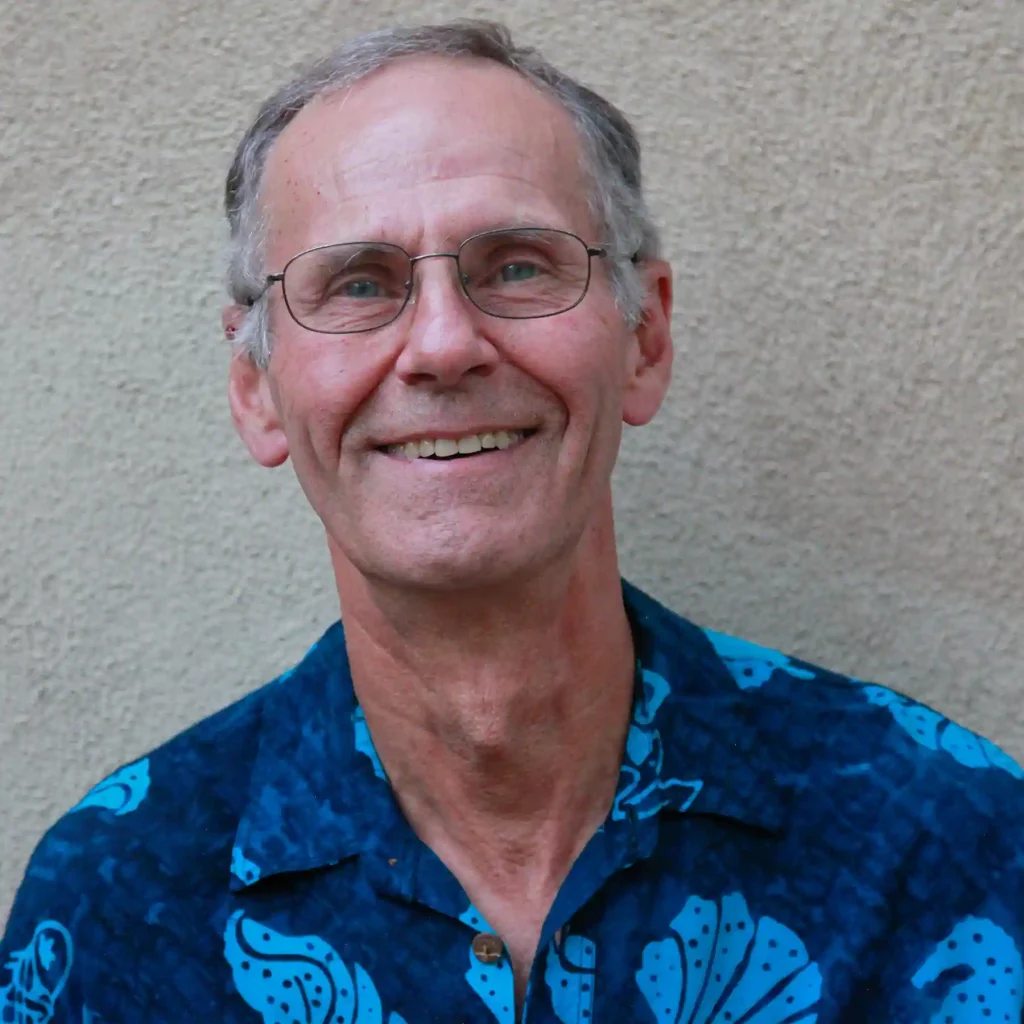A quick look at various definitions of the word contagious makes it clear that the main meaning is mostly negative. For example, the first definition is usually something like:
1. Contagious: A contagious disease can be caught by touching someone who has the disease or a piece of infected clothing.
A secondary definition (if there is one) might be something like this:
2. A contagious feeling spreads quickly among people.
Looking up the word contagion produces even bleaker results almost all related to disease or negative emotions. The origin of both words is the Latin contagio that basically means “Contact” which is rather neutral.
Definition two will be our beginning place for understanding the phenomenon of contagion and the word contagious because, in the big picture, many things are contagious in a rather good way. The fact that most definitions are negative merely shows us how we human beings tend to think about things. We tend not to be neutral. Because of numerous experiences with plagues and diseases we have come around to thinking that anything that is infectious or contagious is deeply disturbing. What about infectious laughter? What about “His smile was contagious and soon they were all smiling.” These are legitimate ways of talking about contagion as well but we tend to be biased and prejudiced in our thinking and this has had very strong implications and consequences for our experiences. So here we are going to examine the seven levels of contagion to truly understand the full range of the phenomenon.
To begin with I am going to list the seven levels and then we are going to examine each one and its relationship to the others and we will see that the actual experience of contagion is extremely important for the human race and for each one of us. It is more important than anyone could ever imagine given the psychological blinders that we tend to wear.
Here are the seven levels:
1. The fear of physical contagion through viral infection-phobia-obsession-isolation-denial
2. Creative solutions to contagion- creatively defending against
3. Declaring war on contagion-taking action
4. Understanding the true nature of contagion-knowledge
5. Contagion of ideas, fads, fashion, popular music- things that bring people together
6. Contagion of deep inspiring emotions and thoughts, spirituality-connection
7. Love-the ultimate contagion-unification
First a few words about the seven levels. Each level represents an evolutionary step above the one before it. With each level after level one, we have the possibility of moving forward or falling backward to an earlier level depending on our wisdom and our choices and this depends on our maturity level, not just as individuals but as a race of people. Right now, as a world population, we are emotionally teetering between childhood and adolescence and that is a rather big chasm to breach. Neither are very easy to deal with.
We can readily see that currently our world is bouncing around levels one and two. There is a deep-seated belief in viral infection and contagion of the COVID19 virus through physical contact and proximity. Fear is the predominate emotion driving most people’s decisions about how to respond, social distancing, wearing masks, and isolating. These are the two of the three pandemics people are identifying in the world right now, the pandemic of viral infection and the pandemic of fear racing through the world population. The third is of course the economic pandemic. Now, just because some people may be in denial that there is a pandemic does not mean they are necessarily coming from higher levels. Denial is still part of level one and two because denial is actually based on fear. So, whether you are socially isolating or whether you are partying wildly with your friends you are still participating in levels one and two. In a way, we all are because that is the paradigm we are operating under at this time.

Remote Healing
Each month, around the new and full moons, Jose, Lena or Anna leads a remote shamanic healing session. These approximately 30 minute sessions are designed to be experienced in a quiet, safe place free from distraction. Even if you cannot join live they can be very powerful, and always include a good clearing and beautiful icaros. Recording access is included for a short time afterwards. See the product description for dates and times.
Before continuing further, I want to make it clear that I am not saying that levels one and two are bad and we should not be there. It is true that they involve more suffering, even death, and that the consequences of being there may be dire, but that is just where we are now as a human race and have been for a long, long time. There is a learning curve and these levels are part of it. Everyone has to start somewhere. On the other hand, perhaps it is time for us to discover that there are other ways to think about contagion, that there are higher levels of functioning that we could explore and discover that could transform our responses.
Now, level two actually has a creative quality to it. In people’s fear come creative solutions to their fear. There are all kinds of creative ways to isolate, to discover creative tasks, to spend time, to create interesting and funny masks and protective clothing. Facebook is a great place to witness all this creativity and humor. There are also scientists and health professionals looking at creative solutions and approaching ways to deal with the virus from different angles. Whole countries are trying entirely different approaches to deal with the contagion. So, you can see that level two is not just about fear but is also about the expression of creativity and that is not a bad thing at all. Unfortunately, the creativity often does not venture outside of the prejudicial box we talked about earlier.
Level three is a natural consequence of levels one and two. At some point people turn on what they consider to be their enemy and declare war on it. Although war has proven over time to be a horrendous waste and purveyor of terrible suffering and destruction, humans seem to be addicted to their dramas. Wars between nations, wars on drugs, wars on poverty, wars on diseases for the most part have been either dismal failures, or have given the illusion of being productive. The truth is the only productiveness of most wars has been financial for an elite few. Wars make money. Wars turn into industries that depend on the enemy being active to make more money so they are really no solution at all. The only thing good about step three is that it is not passive but proactive. It is an attempt to do something about what is threatening you. However here is a consideration. What if viruses were manifested thoughts, fears really, and what if the viral contagiousness had much to do with the fearful thoughts that are injected within them. How would we fight that? Perhaps we would have to look at our thoughts, at our internal state and find the enemy within. Just a thought, but what if?
Another way of saying this is that the way we have chosen to live as human beings on this planet is filled with fear. We seem to be endlessly afraid of each other’s differences, afraid of others getting ahead of us, afraid of other cultures, genders, ages, religions, philosophies and on and on. This paradigm is bound to have symbolic symptoms. Plagues and pandemics come around cyclically to reflect our fearful stance about everything. This is just the echo chamber that is nature showing us who we have become and reminding and challenging us that perhaps there is another way.
After endless wars, at terrible sacrifice, people get tired, declare victory whether they have accomplished anything or not, and turn to other things. Sometimes much has been learned in the course of war mongering, new technologies developed for war find peacetime uses and so on and then we move on to step four, maybe.
Now, step four is quite volatile. Let’s say we have battled the contagion with all our might and thrown our whole arsenal at it. Maybe in the course of doing that we have learned quite a lot about it just as in other types of wars we often learn a great deal about our enemy and their way of life. Before long we are playing their music, marrying them, dressing like them, perhaps eating their kind of foods etc. Why? Because we always become what we resist.
So, at this point we have a choice and can do several things. We can just turn around and look for a new war (Iran, North Korea, China anyone?) or we can actually have learned enough from our battles to shed light on that which we were battling. Perhaps we learn so much from our so-called enemy, in this case a virus, that we discover things that we never knew before about the nature of viruses and what they are and what they are all about. Perhaps we even learn to live with them or take advantage of them in some way that is beneficial to us. Maybe we even find out that we were completely wrong about how viruses operate or what they are made of or how they operate or any one of a million things about them.
Maybe we look at our own arrogance and realize that we were barking up the wrong tree and that we were just plain wrong about many things. And maybe we become wiser for it and as a result we change ourselves, we change our outlook, we change our way of life to accommodate them and the world is suddenly not as dangerous as we thought but is actually rather manageable. What if? What if we were humbled by our experience and a renaissance of understanding were to unfold. Perhaps we were to find that it was our very way of life that was causing the biggest aspect of the problem and that we needed to make some changes in our lifestyles that would make a huge difference in our vulnerability to disease. Perhaps we learn that the ultimate answer is to clean up our world and learn to live with nature, not in opposition to her. Dare I say more? This would be the most productive outcome of level four.
And forging on to level five we discover that other things on a higher level than suffering are also contagious. Wonderful new music evolves that captures us and spreads like wildfire through the populace bringing enjoyment, fun, pleasure, excitement, inspiration and so on. New art emerges, new designs, new architecture, new dances, new ways of dressing evolves and personal expression becomes contagious as people discover that they are colorful flowers rather than drab depressed anxious automatons. New ideas transform our way of seeing the world, our purpose here, our relationship with nature, our relationships with one another.
And we are on to level six and we discover together that we are all connected, that we are deeply grateful for our lives, that feelings of great compassion and generosity emerge and are respected and valued by one and all. We discover new spiritual forms of expression that are non-restrictive and inclusive of everyone, that celebrate joy, and beauty, and self-expression, that see Spirit in everyone, that reveals that all is sacred, all is divine. And perhaps all these new realizations that are so contagious help us to discover that in our newfound happiness we are no longer experiencing contagious diseases and viruses because they have nothing to teach us anymore, that we have in a word, transcended them. And perhaps we discover new social systems that support everyone, economic systems that provide food and shelter for all and support individual creativity and natural ambition while leaving no one out. Perhaps all children become valued and supported to grow into their highest talents and abilities, we celebrate all of our differences, and we see that we are truly and fundamentally equals as expressions of Spirit.
And what if this all adds up to the ultimate contagion of level seven, love? I rest my case.
Tags:

José Stevens
José Luis Stevens, PhD is the president and co-founder (with wife Lena) of Power Path Seminars, an international school and consulting firm dedicated to the study and application of shamanism and indigenous wisdom to business and everyday life. José completed a ten-year apprenticeship with a Huichol (Wixarika) Maracame (Huichol shaman) in the Sierras of Central Mexico. In addition, he is studying with Shipibo shamans in the Peruvian Amazon and with Paqos (shamans) in the Andes in Peru. In 1983 he completed his doctoral dissertation at the California Institute of Integral Studies focusing on the interface between shamanism and western psychological counseling. Since then, he has studied cross-cultural shamanism around the world to distill the core elements of shamanic healing and practice. He is the author of twenty books and numerous articles including Encounters With Power, Awaken The Inner Shaman, The Power Path, Secrets of Shamanism, Transforming Your Dragons and How To Pray The Shaman’s Way.





